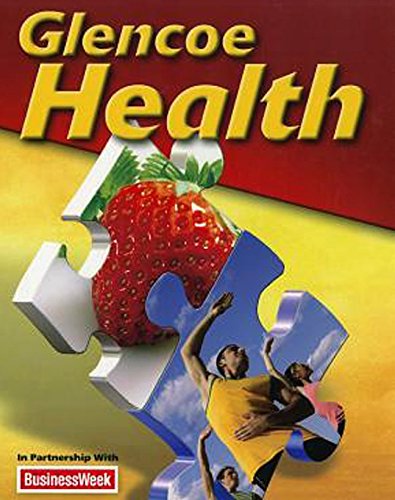
All Solutions
Page 402: Chapter 14 Assessment
The skeletal system is responsible for storing fats and minerals, for producing red and white blood cells, for allowing movement, for providing structural support, and for protecting our internal organs.
Arthritis is characterized by inflamed joints that are often caused by the natural wear and tear during aging or by injuries and autoimmune diseases.
On the other hand, our arms contain long bones. They have this kind of shape because it is used for movement and locomotion. The long reach of our arms provides flexibility and a wider range of motion in order for us to manipulate objects with our hands.
On the other hand, the ligaments attach bones together and they form joints. Joints allow us to move our bodies in different ways! It even increases the flexibility of our body by widening the range or degree of our movements.
Flexor is a muscle that contracts in order to bend a certain part of the body. In this case, it is situated close to a joint.
Cardiac muscles are the striated tissues that are found in the heart.
Smooth muscles are the involuntary muscles that line the internal organs and the body’s passageways.
A hernia occurs when a certain organ pushes through a weak area in the muscles or tissues. You can get a hernia if you strain yourself when lifting a very heavy object.
Tendinitis is a condition that is characterized by inflamed tendons due to overuse, natural aging, infection, or rheumatic disease.
Smooth muscles are not striated. Skeletal (extensor and flexor) and cardiac muscles are the types of muscle that appear striated under a microscope.
Smooth muscles are the involuntary muscles that line the internal organs and the body’s passageways.
Getting regular physical exercise promotes strong and healthy muscles. Physical activities help maintain muscle tone.
Muscular dystrophy is a genetic disorder that is characterized by the progressive damage or degeneration of the muscles.
1. Skeletal system: Muscles are attached to the bones in order to make our bodies move.
2. Nervous system: The muscles react when the nervous system directs a motor response once a stimulus is detected.
3. Circulatory system: The heart that pumps blood in our circulatory system is a muscle.
4. Digestive system: The muscles allow movement of the digestive organs during mechanical digestion.
5. Respiratory system: The movement of the diaphragm muscles allow the lungs to inflate and deflate.
Epilepsy is a neurological disorder that is characterized by the sudden episodes of abnormal electrical activities in the brain. This event causes seizures, unusual behaviors, and loss of awareness or consciousness.
These two systems work together in such a way that the peripheral nervous system carries the messages between the CNS (brain and spinal cord) and the rest of the body. Let us take the motor response to a pain stimulus. When you touch a very hot object, your sensory neurons would send a signal to the brain (CNS) that you touched something hot. In turn, the brain will process the information and send out a response. This response is carried by the PNS into the motor neuron, then into the muscles. As a result, your muscles will react and it will make you move or pull your hand away from the hot object.
On the other hand, dendrites are the short-branched structures that extend from the cell body. They are responsible for receiving information and impulses toward the cell body.

